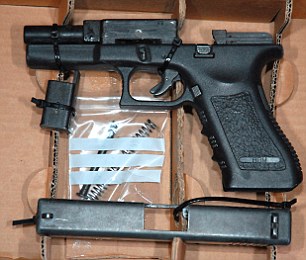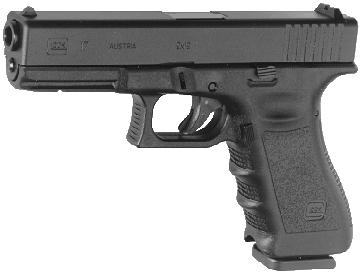Police in Britain are searching for guns smuggled from the US, according to the BBC.
The alleged smuggler, who is in custody in the US, is accused of smuggling 62 guns into the UK.
The last paragraph, however, stood out to me:
Former Scotland Yard counter-terrorism chief Andy Hayman said details of the case were “genuinely shocking”.
Writing in The Times, he said: “This makes a mockery of the stringent checks we all endure at US airports, such as removing our shoes and belts, having our toothpaste confiscated and all the other irritants.
“Steven Greenoe’s guns could just have easily been bombs.”
Mr. Hayman clearly is not familiar with how things are done in the US when it comes to firearms and air travel. There are clear rules and procedures for traveling with checked firearms. In general, the firearms must be unloaded, kept in a locked case, be in checked baggage (there are certain exceptions for police officers that allow them, in certain situations, to fly with weapons on their person), and be screened by the TSA.
Since Mr. Greenoe’s firearms were in his checked luggage, they were inaccessible to himself or others during the flight. This is in accordance with US travel laws, as well as my understanding of UK laws relating to traveling with firearms. Thus, Mr. Hayman’s comments about this incident making a “mockery” of the searches of passengers and their effects is not relevant. Don’t get me wrong, I think the current passenger screening policies are absurd and well deserving of mockery, they have nothing to do with the carriage of firearms in checked luggage. While his luggage may have contained bombs, one can hope that current screening methods for checked luggage would have detected them. In addition, bombs are inherently dangerous (for example, they could explode by themselves if mishandled or if constructed incorrectly), while disassembled firearms are simply inert pieces of metal. There’s quite a difference.

